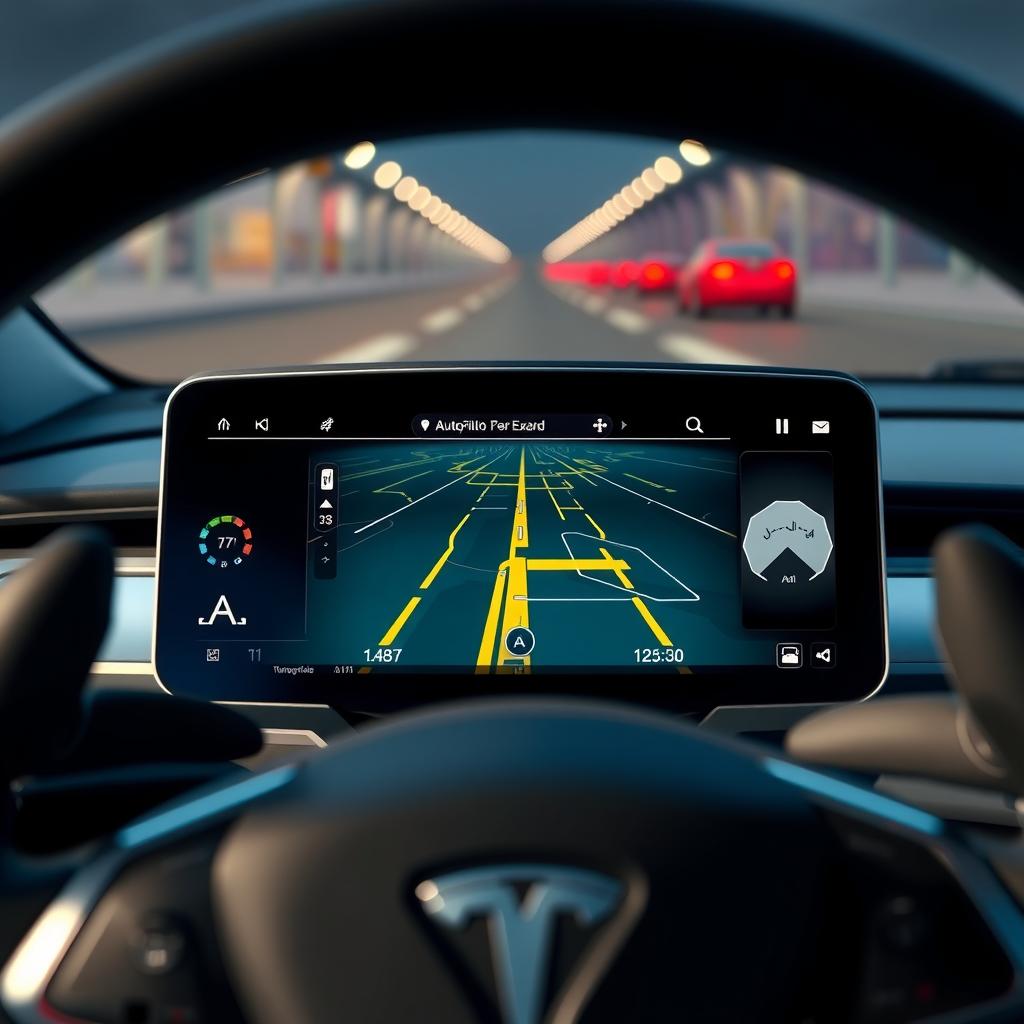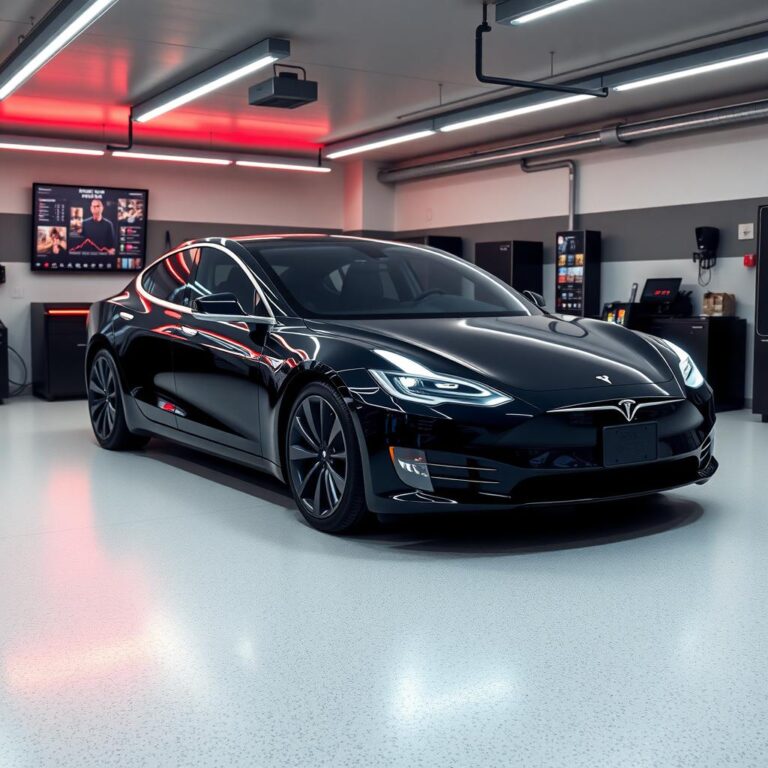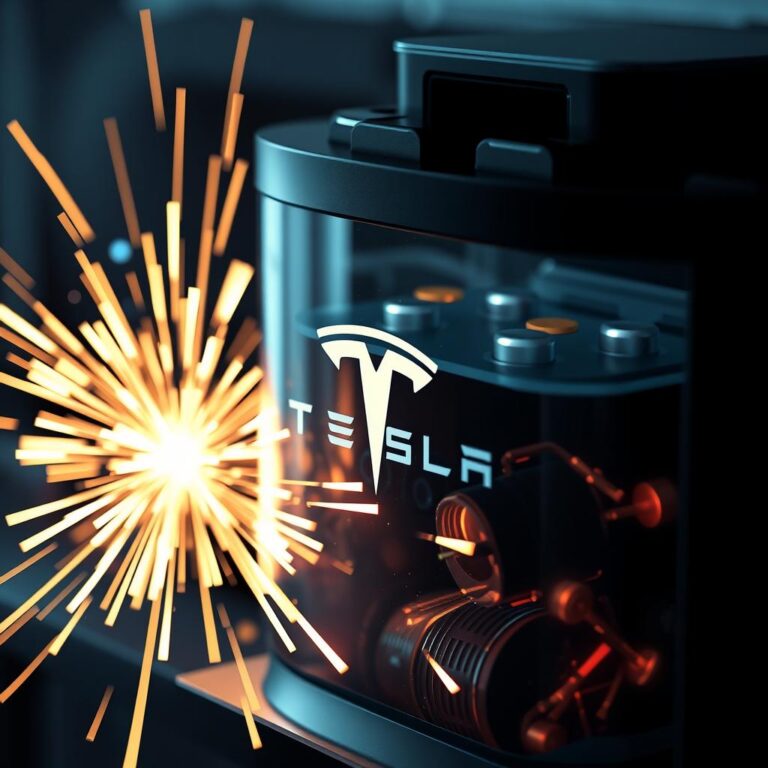Can Tesla Car Power Your House?
Can a Tesla car power your house? The short answer: Yes, but with some limitations. If you’re wondering how, when, and whether it’s worth it, let’s break it all down.
How Can a Tesla Car Power Your House?
Your Tesla is essentially a giant battery on wheels. With the right setup, you can use that stored energy to run your house when needed.
- Vehicle-to-Home (V2H) technology: This allows an electric car to send power back to your house.
- Battery capacity: Tesla batteries range from 50 kWh to over 100 kWh, which is enough to power a home for hours or even days.
- Bidirectional charging: Unlike a standard EV charger, a bidirectional charger lets power flow both ways.
- Energy automation: Some smart systems allow your home to switch automatically between grid power and car power.
Why Would You Want a Tesla to Power Your House?
There are solid reasons why people are considering using their Tesla as a backup power source.
- Power outages: When the grid goes down, your Tesla can keep essential appliances running.
- Lower electricity costs: Charge your Tesla when electricity is cheap and use that stored power when rates are high.
- Energy independence: If you have solar panels, your Tesla can store excess energy and power your house at night.
- Emergency backup: Acts as a generator without needing gas or diesel.
Which Tesla Models Can Power Your House?
Not all Tesla cars are equipped for this, but some models are getting closer.
- Tesla Cybertruck: Tesla confirmed that the Cybertruck supports bidirectional charging.
- Tesla Model S, X, 3, and Y: These do not have native bidirectional charging yet, but future updates may enable it.
- Third-party solutions: Some companies are developing bidirectional charging setups for Teslas.
How Long Can a Tesla Power Your House?
This depends on your home’s energy consumption and the battery size of your Tesla.
- Typical U.S. home: Uses around 30 kWh per day.
- Smaller homes: May use closer to 20 kWh per day.
- Large Tesla battery packs: A 100 kWh Tesla battery could power an average home for about three days.
How to Connect a Tesla to Your House
You’ll need the right hardware and professional installation to make this work.
- Install a bidirectional charger: Tesla doesn’t officially offer one yet, but third-party options exist.
- Use an inverter: Converts DC power from your car into AC power for your home.
- Connect to your electrical panel: This requires a licensed electrician for safety.
- Smart energy management system: Automates the switch between Tesla power and grid power.
Is It Safe?
Yes, but only if done properly. There are risks if you don’t have the right setup.
- Overloading circuits: Your home electrical system must handle the load.
- Battery degradation: Using your Tesla battery for home power could shorten its lifespan.
- Warranty concerns: Tesla might not cover battery damage caused by unauthorized bidirectional charging.
Cost Breakdown: Is It Worth It?
Let’s talk numbers. Using your Tesla as a backup power source comes with expenses.
- Bidirectional charger: Costs between $3,000 and $5,000.
- Installation: An electrician may charge between $1,000 and $2,500.
- Long-term savings: Potentially lower electricity bills and no need for a traditional backup generator.
So, can a Tesla car power your house? Yes, but is it practical for your needs? That depends.
In the next section, we’ll explore real-world examples, expert insights, and alternative backup solutions.

Real-World Examples of Tesla Cars Powering Houses
People have already experimented with using their Tesla as a home power source. Some do it out of curiosity, while others rely on it during emergencies.
- Texas power outages (2021): During a severe winter storm, Tesla owners found ways to power their homes when the grid went down.
- Florida hurricanes: Some Tesla owners in hurricane-prone areas have used their cars as temporary generators.
- Off-grid setups: Some people have integrated their Teslas into their home energy systems to reduce grid reliance.
These cases prove that it’s possible, but the setup requires technical knowledge and investment.
What Experts Say About Using a Tesla to Power a House
Energy experts see potential, but they also raise concerns.
- Elon Musk’s stance: Tesla has hinted at future bidirectional charging capabilities but hasn’t made it a priority yet.
- Battery experts: They caution that using a Tesla for home power can accelerate battery wear.
- Electrical engineers: Stress the importance of proper safety measures and professional installation.
Alternative Solutions: Is a Tesla Powerwall Better?
If you want reliable home energy storage, you might consider a Tesla Powerwall instead.
- Designed for home use: Unlike a Tesla car battery, the Powerwall is built for stationary power storage.
- Battery capacity: 13.5 kWh per unit, expandable with multiple Powerwalls.
- Seamless integration: Works with solar panels and grid energy management.
- Warranty protection: Tesla offers a 10-year warranty on Powerwalls, but not for using a car battery for home power.
While a Tesla car can power your house, a Powerwall is a better long-term solution.
The Future of Tesla’s Bidirectional Charging
While Tesla has yet to officially support bidirectional charging, it’s likely coming soon. Other car manufacturers are already doing it.
- Ford F-150 Lightning: Offers built-in bidirectional charging that can power a home for days.
- Hyundai and Kia: Some models already support vehicle-to-load (V2L) functionality.
- Future Tesla updates: Rumors suggest upcoming Tesla models may include bidirectional capabilities.
How to Decide If It’s Right for You
Before setting up your Tesla as a backup power source, consider these questions:
- Do you experience frequent power outages? If yes, a Tesla backup may be useful.
- Do you own a Tesla? If so, using it as a temporary backup could make sense.
- Are you willing to invest in the setup? If not, waiting for official Tesla support might be a better choice.
Pros and Cons of Using a Tesla to Power Your House
Pros:
- Large battery capacity: Tesla batteries store more energy than many dedicated home batteries.
- Great for emergencies: Can keep essential appliances running during blackouts.
- Energy cost savings: Charge when electricity is cheap and use stored power later.
Cons:
- Battery wear and tear: Could shorten the lifespan of your Tesla battery.
- Limited compatibility: Current Tesla models don’t officially support bidirectional charging.
- Expensive setup: Requires additional hardware and professional installation.
Final Thoughts: Can a Tesla Car Power Your House?
Yes, a Tesla car can power your house, but it’s not a simple plug-and-play solution.
- You need a bidirectional charger and a properly installed inverter.
- It works as a short-term backup, but frequent use may degrade your car’s battery.
- For long-term energy storage, a Tesla Powerwall or solar integration might be a better investment.
The future of bidirectional charging looks promising. But until Tesla officially supports it, using a Tesla car to power your house remains a DIY solution for now.
FAQs
Can a Tesla car fully power a house?
Yes, but how long depends on your Tesla’s battery size and home energy consumption. A 100 kWh Tesla battery could power an average home for about three days.
Will Tesla add bidirectional charging in the future?
Possibly. Other automakers like Ford and Hyundai have already done it, and Tesla may follow suit.
Is using a Tesla for home power safe?
Yes, if set up correctly. However, frequent use can lead to faster battery degradation.
Is it better to get a Tesla Powerwall instead?
If you need a reliable home energy backup, a Tesla Powerwall is the better option. It’s designed for home energy storage, while a Tesla car is built for driving.
So, can a Tesla car power your house? Absolutely. But is it the best solution? That depends on your needs, budget, and willingness to set up the necessary equipment.


